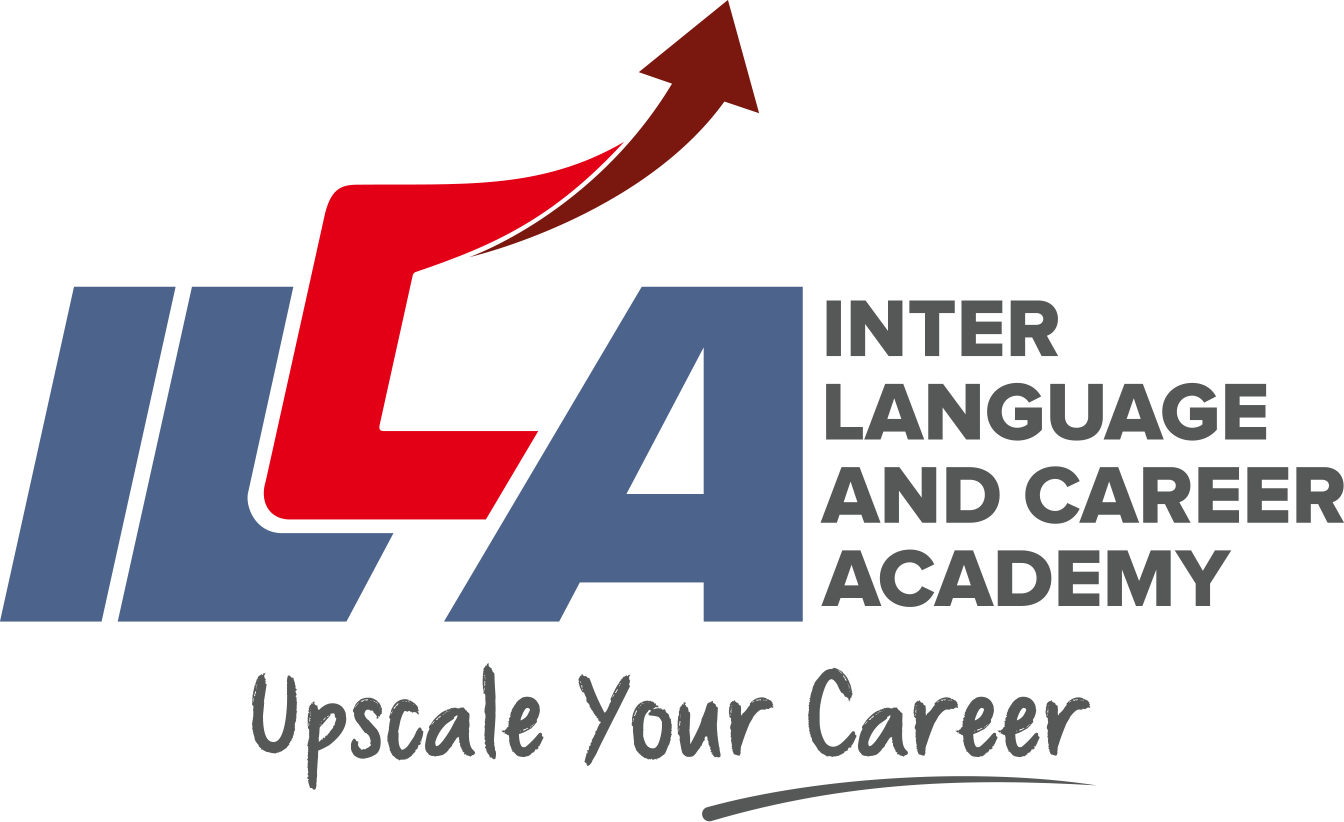Traditionally, English language learning has been dominated by a lecture-based style in which learners passively listen to instructors deliver information. This methodology has been criticized for failing to assist pupils acquire a foreign tongue. Innovative ways to learn are continually emerging in the constantly evolving educational landscape to cater to the different requirements of pupils. One such game-changing pedagogical approach is “flipped learning,” which is currently gaining popularity across multiple disciplines. The concept of flipped learning is revolutionizing language education, particularly for learners of English.
This blog focuses on the theory of flipped learning and its astounding implications on English language proficiency.
What specifically is flipped learning?
Flipped learning is an educational approach that flips the typical classroom format. In a conventional classroom arrangement, students get lectures and lessons during class time, followed by individual practice and assignments outside of school hours. Flipped learning promotes active learning among students.
Learners engage with instructional information at their own pace, generally in the form of video lectures or readings, before attending in person or virtual class sessions. The class’s time is allocated for engaging discussions, collaborative tasks, and concept implementation.
The Flipped Learning Approach in English Education
There is a growing body of research that supports the importance of flipped learning in English instruction. According to research conducted by the University of Central Florida, students who participated in a flipped classroom outperformed those in a regular classroom on a variety of factors, including standardized tests, participation in class, and assigned homework.
When it comes to mastering English, a language that is strongly based on communication and implementation, the flipped learning framework offers specific advantages. Here’s how the method of flipped learning can transform the way English is taught and learned:
- Teacher as Facilitator: In a flipped classroom, instructors shift from being the primary source of information to being facilitators of learning. They facilitate debates, offer explanations, and provide key insights, presenting a more engaged and collaborative learning environment.
- Contextualization and Language Application: Flipped learning encourages language usage in authentic contexts. Students can interact in real-life settings, watch movies or television shows, and read literature to learn about linguistic subtleties, idiomatic phrases, and cultural references.
- Interactive learning activities: Classroom time may be used for dynamic activities that stimulate active involvement, critical thinking, and language acquisition. Role plays, debates, group conversations, and games involving language enable learners to apply what they’ve learned, enhancing their communication, listening, and comprehending abilities.
- Student-Centred Learning (SCL): Flipped learning gives students the ability to take responsibility in their language learning path. Learners can access pre-recorded classes, grammatical explanations, vocabulary drills, and pronunciation rules based on their schedules and learning preferences. This personalized approach fosters responsibility and motivation.
- Flexible Learning contexts: Flipped learning can be utilized in a variety of learning contexts, including conventional educational environments, online venues, and hybrid learning environments. This adaptability supports various learning methods and technology skills, making it accessible to a wide range of learners.
- Personalized Progress: With flipped learning, educators can evaluate students’ understanding levels before their lesson begins. This insight helps teachers to modify the lessons to address individual problems as well as provide focused assistance, ensuring that no pupil falls behind.
- Enhanced Language Exposure: The flipped paradigm exposes students to authentic English language materials like podcasts, videos, articles, and interviews. This exposure to real-world English usage favours in bolstering listening skills and boosting lexicon and creating awareness of varied accents and dialects.
Challenges and Considerations
While the flipped learning paradigm possesses tremendous potential for English language teaching, it is essential to cope with possible challenges:
- Self-Directed Learning Skills: Flipped learning necessitates excellent self-directed learning abilities such as time management and motivation. Educators must assist students in acquiring these skills to enable the flipped approach to be effective.
- Technology Access: Flipped learning relies significantly on digital resources, that may not be available to all students. Ensuring fair access to technology is essential for minimizing educational gaps.
- Pedagogical Shift: Flipping learning necessitates a shift in teaching approaches and instructional design. Teachers require adequate guidance and assistance to effectively construct and maintain flipped classes.
If you’re an instructor, here are some suggestions for incorporating flipped learning into your English classroom:
- Begin by selecting a topic which you believe could reap benefits from flipped learning.
- Prepare pre-recorded lectures or videos of instruction focusing on the topic’s key themes.
- Ascertain that the videos are clear, concise, and interesting.
- Assign activities, conversations, and problem-solving assignments for students to finish before coming to class.
- Prepare to offer assistance and advise to students while they complete their tasks.
- Evaluate the efficacy of your flipped classroom by extracting feedback from students and tracking their progress over time.
Another study, done by the University of California, Irvine, discovered that students who took part in a flipped classroom were more likely to report they enjoyed studying English and felt more confident in their English abilities. Thus, flipped learning can be an effective approach of teaching English. It is a student-focused approach of instruction that can assist students in acquiring knowledge at their own pace, building critical thinking abilities, and becoming more engaged in their study.
Flipped learning is reshaping the context of English language education by putting learners at the forefront of their learning experience. The flipped learning paradigm provides students with the skills and confidence they need to traverse the intricacies of the English language by harnessing technology, encouraging active involvement, and promoting real language usage. As both teachers and pupils embrace this novel method, the road to English language competency becomes not just educational, but also empowering and enjoyable.
If you teach English, I recommend that you try flipping your classroom. It is an effective strategy for helping learners’ study more successfully.

